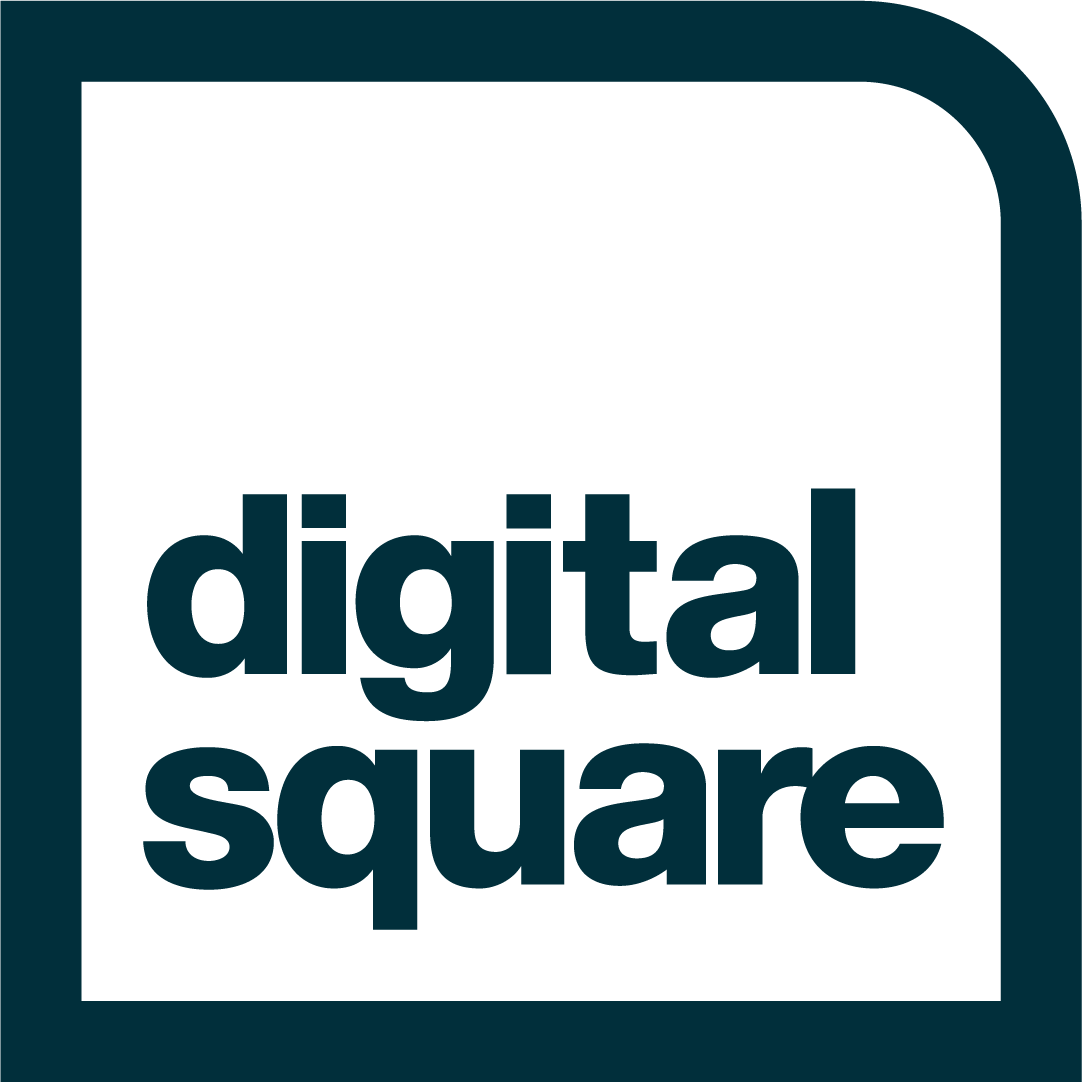Global Goods Product Suite for Immunization
A global goods product suite for immunization is a collection of several open-source digital health tools and frameworks designed to support immunization programs. The product suite aims to improve vaccine delivery, health worker support, and data collection and reporting, particularly in low- and middle-income countries. It is designed to be interoperable using Health Level Seven’s (HL7) Fast Healthcare Interoperability Resources (FHIR).
Importantly, the product suite is a standards-based digital solution that can support diverse national immunization programs and help countries achieve their immunization goals and strengthen health systems in low-resource settings.
Components of the Global Goods Product Suite for Immunization
This product suite demonstrates how the World Health Organization’s (WHO) Standards-based, Machine-readable, Adaptive, Requirements-based, and Testable (SMART) Guidelines for routine child immunization can be used to create digital health solutions that align with WHO guidelines and are adaptable to meet country-specific needs. The WHO Digital Adaptation Kits (DAKs) provide technical specifications to digitalize immunization workflows, ensuring alignment with global standards.
It is comprised of:
OpenSRP2: (Client and Population Management)
The Electronic Immunization Register (EIR) in OpenSRP2 tracks individual immunization records, schedules follow-ups, ensures adherence to vaccination schedules, and supports health workers to better deliver immunization services to ensure no one falls through the cracks. It supports multiple languages (e.g., English, Spanish and French) and integrates seamlessly with analytics dashboards (e.g., Akuko) for informed decision-making. It can be easily adapted to align with national immunization guidelines and deployed to integrate with existing health systems using the HL7 FHIR standard.
The OpenSRP2 EIR then integrates with:
DHIS2: Health Information System: Health Worker and Health Manager and Support Personnel Tools
Tracks immunization coverage and generates dashboards for monitoring. Aggregates and analyzes immunization data to support decision-making, monitor coverage, and identify gaps.
RapidPro: Client-Facing Tools
Sends SMS reminders to caregivers for upcoming vaccinations.
OpenHIM (Open Health Information Mediator) Interoperability Layers:
A middleware system that facilitates secure and standards-based data sharing across these systems to support immunization services.
In addition, OpenSRP2 can demonstrate prototype interoperability workflows using HL7 FHIR to support the following:
Master Patient Index (MPI) integration
Improves the efficiency, accuracy, and continuity of care within immunization services. The MPI provides a centralized, unique identifier for each patient across multiple healthcare settings, helping to address issues such as duplicate records, misidentification, and fragmentation of patient data. This improves the quality of immunization services by ensuring that every patient’s vaccination history is correctly linked, easily accessible, and consistently updated.
Vaccine Supply Chain Management integration
Immunization programs rely on both clinical information (e.g., patient vaccination history) and logistics data from a LMIS (e.g., vaccine availability and cold chain management). Combining these systems ensures a seamless flow of information, ensuring that immunization services are delivered efficiently, safely, and equitably.
Shared Health Record (SHR) integration
Supports continuity of care, improving data quality, and supporting health systems in delivering effective, person-centered immunization services.
Immunization product suite user interface examples
The user interface allows users to view each patient’s personalized immunization schedule and history.
With the register view, users can quickly identify children who are overdue for immunization.
Note: This work was funded by GIZ as part of the Digital Innovation in Pandemic Control project.


